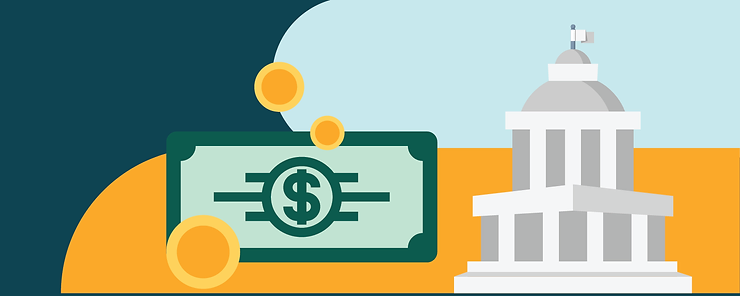Starting in March 2020, federal student loan payments have been temporarily halted for millions of borrowers in the United States due to the Covid-19 pandemic. On Inauguration Day, President Joe Biden extended this student loan relief, including temporary student loan forbearance for federal student loans. This executive order does not cover private student loans. The extension is set to end September 30th. Unless the student loan relief is not extended again, the federal student loan payments will resume starting October 1st. If this is the case, the U.S. Department of Education will send letters of notification that regular federal student loan payments will resume. Furthermore, collection of any student loans in default will begin again.

There are several benefits to the loan repayment deferment program. When the loan payments restart, interest rates should be the same as in March 2020, when temporary student loan forbearance began. Since then, no new interest should have accrued on your federal student loans. Another benefit of this student loan forbearance is that even if you did not make any federal student loan payments during the Covid-19 pandemic, you will still receive “credit” for the months not paid. For those with either an income-driven repayment plan, or student loan cancellation through the Public Service Loan Forgiveness program this is especially beneficial. However, if your financial situation was not affected by the pandemic, consider making payments during the remainder of this period to lower your overall debt. Since the interest rate on those loans are 0% for now, any payments made will go toward the principal amount rather than interest. You will need to contact your servicer to do so, since loans are on automatic forbearance.
In the meantime, it’s important to review and update information pertaining to your student loans. If you are enrolled in an income driven repayment plan, review your plan and consider which among the four main income-driven repayment plans, IBR, PAYE, REPAYE, and ICR, would work best for you. Because it could impact your student loan payments, update your income and family information to best reflect your current situation as changes may have occurred. Additionally, you should update any changed contact information and banking information for automatic payments.
Another option to consider is that while payments to your student loan servicer have stopped, make full or partial payments to yourself and place those funds into a high yield savings account. After resumption in October, you can either make a lump-sum payment to your servicer before the interest-free period expires or opt to keep the cash saved in an emergency or savings fund.
If you still need time for payments to be paused, you can apply to put your federal student loans into deferment status to temporarily reduce or postpone payments. With this option, however, interest may accrue on your loans since the forgiveness period will expire.
It is possible that the President will extend the student loan forbearance period. However, it’s important that you prepare for student loan repayment. If you have any questions regarding your student loan information, contact your student loan servicer or consult with a financial advisor.
Sources:
